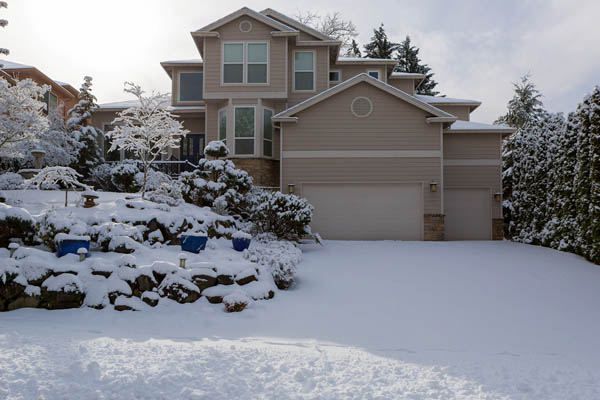Insulation
Choosing the Right Insulation for Your Home: Factors to Consider
A well-insulated home enhances energy efficiency, comfort, and savings. Beyond regulating temperatures, insulation reduces energy use, lessens environmental impact, and boosts economic benefits. With rising demand for energy-efficient homes, understanding insulation options is vital. This article guides you in making the right choice, ensuring your home is both comfortable and sustainable.
Read MoreThe Role of Insulation in Home Resale Value: What Fort Collins, CO Buyers Look For
The home is where the heart is, but it is also one of the most significant investments a person will make. As such, maximizing the resale value becomes crucial. While factors like location and size play a vital role in a home’s worth, insulation has emerged as a significant player in the equation.
Read MoreMyths and Facts: Debunking Common Misconceptions about Home Insulation in Colorado
Proper home insulation plays a pivotal role in the quest for energy efficiency. Yet, it is not uncommon for myths and misconceptions to cloud the understanding of insulation’s true benefits and significance. In this guide, we will debunk common insulation myths, shed light on the facts, and help homeowners make informed decisions.
Read MoreWinter Ready: Preparing Your Fort Collins Home with Proper Insulation
The arrival of winter in Fort Collins, CO, serves as a stark reminder of the importance of a well-insulated home for homeowners. A snug and energy-efficient abode not only promises the warmth of a comforting embrace during the chilling months but also a relief when perusing those potentially daunting utility bills.
Read MoreWhat is the Best Way to Insulate Concrete Block Walls in Commercial Buildings?
Insulation is like the unsung hero of every building’s story—always there, always important, yet rarely getting the spotlight. Particularly in commercial buildings, where concrete block walls are often the norm, proper commercial building insulation can make a world of difference. In this article, we delve into the realm of concrete block insulation.
Read MoreThe Hidden Link: Insulation & Your Health
Achieving both energy efficiency and comfort in your home is closely tied to effective insulation. However, insulation’s impact goes beyond regulating temperature. It is also key in maintaining indoor air quality. The connection between insulation and indoor air quality can significantly influence your living environment, contributing to healthier air throughout your home.
Read MoreInsulating Historical Buildings: Challenges and Solutions
Preserving the historical charm of buildings while keeping them energy efficient is a delicate balance that demands attention. In this guide, we delve into the importance of retaining architectural heritage while reducing energy loss. As we navigate the intricate landscape of insulation, we will unravel the challenges of incorporating modern insulation for historic buildings.
Read MoreInsulation Archaeology: A Look at Historical Methods of Home Insulation
Insulation is an extremely important aspect of every home. It impacts energy efficiency, comfort, and savings. This article delves into the significance of insulation in homes, explores past insulation practices, and discusses the purpose and scope of understanding the history of insulation to make informed decisions for our modern homes.
Read MoreThe Unexpected Places You Should Be Insulating Your Colorado Home
Insulation enhances energy efficiency by minimizing heat transfer between indoor and outdoor spaces. It reduces energy consumption and associated costs. Understanding commonly insulated areas is vital for maximizing insulation benefits. Proper insulation not only improves energy efficiency but also reduces environmental impact. This article discusses where to insulate your home.
Read MoreThe Environmental Impact of Proper Insulation: A Closer Look
As we strive for energy efficiency and sustainable living, understanding the role of insulation in reducing environmental impact becomes crucial. Proper insulation not only helps regulate indoor temperature and improve energy efficiency but also has significant implications for reducing greenhouse gas emissions, minimizing energy consumption, and decreasing our carbon footprint.
Read More









